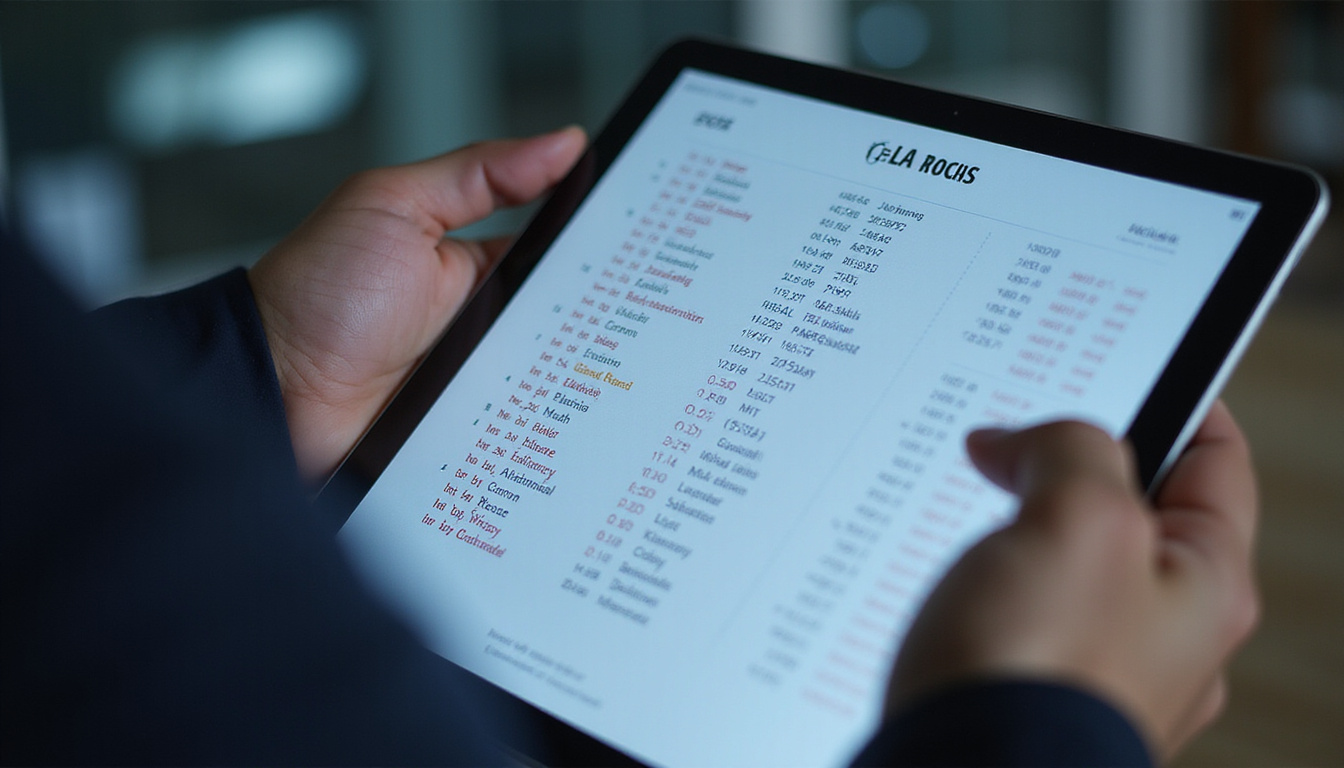In today’s global marketplace, the HS coding system plays an essential role in facilitating international trade, ensuring compliance with customs regulations, and enhancing the efficiency of supply chains. Whether you’re a business owner, customs broker, or logistics professional, understanding the HS coding system is crucial to navigating import and export processes smoothly. This article will delve into what the HS coding system is, how it works, and why it is vital for global trade compliance.
What Is the HS Coding System?
The HS coding system, or Harmonized System, is an internationally standardized numerical method of classifying traded products. Developed and maintained by the World Customs Organization (WCO), the HS system is used by over 200 countries worldwide to categorize goods when they cross borders. Its primary purpose is to provide a universal language that facilitates trade statistics, customs duties, and tariff applications.
The system assigns a specific code — usually six digits — to every product based on its material composition, use, or nature. These codes are essential for customs clearance, tariff classification, and regulatory compliance. Countries may further extend these codes to more digits for additional specificity, commonly referred to as HS Codes or tariff codes.
How Does the HS Coding System Work?
The HS coding system operates by dividing all traded goods into chapters, headings, and subheadings:
- Chapters: The first two digits indicate the chapter, representing broad product categories like live animals or machinery.
- Headings: The next two digits specify a heading within the chapter, such as specific types of vegetables or electronics.
- Subheadings: The final two digits in the six-digit code provide detailed classification within the heading, specifying variations or further product differentiation.
For instance, the code 0101.21 corresponds to “purebred breeding horses.” This detailed hierarchical structure allows customs authorities to identify and categorize products precisely.

Why the HS Coding System Is Critical for Trade Compliance
The HS coding system is indispensable for various reasons tied to trade compliance:
1. Customs Duty and Taxation
Customs tariffs and taxes are calculated based on the HS codes assigned to imported or exported goods. Misclassification can lead to overpayment or penalties. Accurate HS codes ensure you pay the correct duties and avoid costly fines.
2. Trade Statistics and Policy Making
Governments rely on HS codes to compile trade statistics, which influence economic policies, trade agreements, and quota enforcement.
3. Regulatory Compliance
Certain products fall under specific regulatory controls, such as hazardous chemicals or pharmaceuticals. Correct HS coding helps regulatory authorities enforce restrictions and controls reliably.
4. Efficient Customs Clearance
Proper use of HS codes expedites customs clearance by reducing confusion and disputes, allowing goods to move swiftly across borders.
How to Accurately Classify Products Using the HS Coding System
Classifying products using the HS coding system can sometimes be complex, particularly for goods that have multiple uses or components. Here are some best practices to help with accurate classification:
- Consult the Official WCO HS Nomenclature: The World Customs Organization provides comprehensive documentation on HS codes.
- Analyze the Product Description Thoroughly: Understand the object, material, and function of the good.
- Use Product Classification Tools: Online classifiers can simplify your work by suggesting the correct HS codes based on a product description.
- Consult Customs Experts: When in doubt, seek advice from trade compliance specialists.
- Review Country-Specific Extensions: Remember that some countries add extra digits to the six-digit code for deeper categorization.
One excellent resource is Classifast.com, a service that enables quick and precise classification of any text description according to international standards like HS, UNSPSC, and NAICS. This instant classifier can save time and improve accuracy in classifying products, ensuring compliance with global trade regulations.
Benefits of Proper HS Code Classification
Accurate classification according to the HS coding system can deliver multiple benefits for your business:
- Reduce Risk of Customs Penalties: Avoid fines or shipment delays caused by misclassification.
- Optimize Duty Payments: Pay the exact customs duties owed without overpaying.
- Enhance Supply Chain Efficiency: Speed up customs processing and reduce paperwork.
- Comply with Trade Agreements: HS codes are essential in applying preferential tariffs under trade treaties.
- Improve Data Reporting: Provide precise data that helps in business forecasting and analytics.
Common Challenges in Using the HS Coding System
While the HS coding system is globally recognized, businesses often face challenges in using it correctly:
- Complex Product Descriptions: Multi-component or hybrid products may be difficult to classify.
- Frequent Updates: The HS system is updated regularly, requiring ongoing monitoring.
- Variations in Country-Specific Codes: Some countries add additional digits to the base HS code.
- Misinterpretations: Different interpretations of codes can lead to disputes with customs.
To overcome these challenges, businesses should leverage technological tools and expert consultations to maintain compliance and accuracy.
FAQs About the HS Coding System
Q1: What is the difference between the HS coding system and tariff codes?
A1: The HS coding system provides the standardized 6-digit codes for product classification internationally. Tariff codes may include additional digits added by countries for further specification, based on the HS base code.
Q2: How often is the HS coding system updated?
A2: The World Customs Organization typically reviews and updates the HS codes every five years to reflect changes in technology and trade patterns.
Q3: Can I classify any product myself using the HS coding system?
A3: While basic classifications can be done independently, complex products often require expert input or the use of classification tools like Classifast.com to ensure accuracy.
Conclusion
Mastering the HS coding system is a pivotal step towards achieving global trade compliance. Accurate classification under this system not only facilitates smoother customs procedures but also ensures you remain on the right side of regulations—protecting your business from costly delays and penalties. With the complexity inherent in product classifications and the dynamic nature of the HS system, leveraging resources like Classifast.com can dramatically simplify the process and boost your efficiency.
Whether you’re an importer, exporter, or trade compliance professional, take charge today by adopting effective classification practices and tools. By doing so, you will safeguard your global operations and unlock opportunities in international markets with confidence.
For more detailed and instant product classification, visit Classifast.com and ensure your trade compliance is always on point.
Reference: World Customs Organization (WCO) Harmonized System Overview – wcoomd.org


















